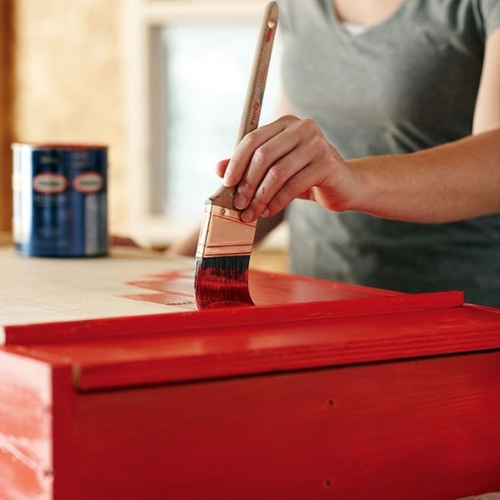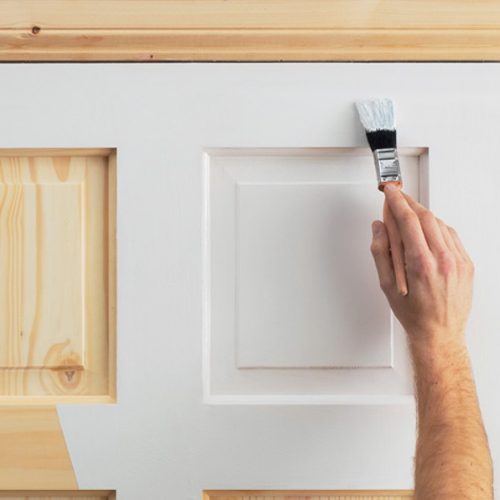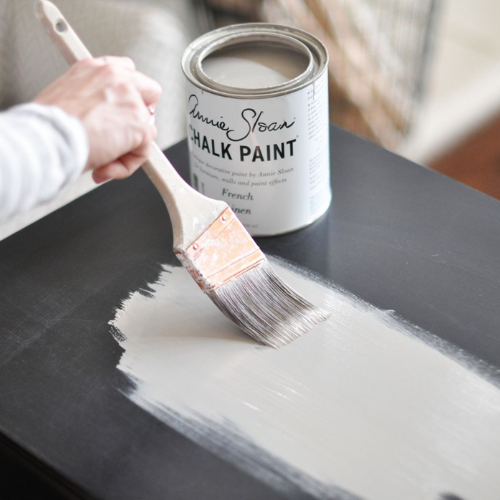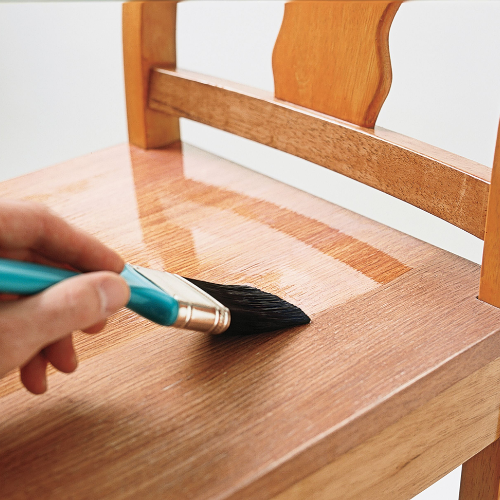- 9 24A St Al Quoz Industrial Area 1
- info@wallpaintdubai.ae
White furniture can light up any room or bedroom, but not every time you need a whitewashed look. You are considering transforming your white furniture to resemble wood, which is an excellent idea. However, painting white furniture to look like a wood can be challenging. Here, we’ll discuss the step-by-step process for making How to Paint White Furniture to Look Like Wood with a few materials. Following the steps, you can get a stunning wood grain finish that brings beauty and warmth to your living space!
Before starting the Furniture painting process, you will need to gather the following materials:

Here is the step-by-step procedure for How to Paint White Furniture to Look Like Wood?:
Set Up Your Workspace
Before starting:

Remove any knobs, handles, or hinges that may be current on your furniture polish by using a screwdriver or other appropriate tools. By following these steps, you can paint the whole area equally.
Start by sanding the entire furniture surface using coarse-grit sandpaper (around 80-100 grit). This technique roughens the surface so that the primer will stick more effectively. Then, smooth the surface with fine-grit sandpaper (around 180-220 grit).

Apply a coat of premium primer appropriate for the type of your furniture (wood, MDF, etc.). Use a paintbrush or a roller for an even scope. Allow the primer to dry completely; proper coverage can take several applications. See the manufacturer’s instructions for information on the intervals between drying coats.
When the priming has dried, apply a foundation coat of light brown acrylic paint to the whole piece of furniture. Your wood finish will be created on top of this base color. After equally involving the paint with a paintbrush, let it dry.

Apply dark brown acrylic paint with a fine-tipped paintbrush. Use the best brush to add grain lines to the furniture. Paint the lines toward the wood grain to keep the natural patterns visible. Let the dark brown lines dry slightly.
Use a wet sponge or damp rag to gently blend and soften the lines created in the previous step while the dark brown paint is still wet. This blending produces a more natural wood grain appearance. Avoid over-blending; the grain should still have some contrast.
Once the paint has thoroughly dried, wood stain can be applied to replicate the look of finished wood. The stain should be used with a clean cloth or sponge. Immediately wipe off the extra stain with a clean cloth after applying it to a piece to produce a realistic-looking wood appearance. This procedure should be replicated until the proper wood tone is obtained. Let the stain completely dry between layers if you prefer a darker finish.

After the stain has cured, it’s crucial to seal the wood-like surface with a transparent polyurethane sealer. For information on drying timeframes and the number of coatings necessary, refer to the manufacturer’s instructions for the individual sealant you’re using.
Once the sealant has fully cured, reattach any hardware you removed in Step 2. Make sure the furniture is firmly bound to everything.
Painting white furniture to resemble wood can give your space a charming and unique look, adding warmth and individuality. Changing the color of your furniture can transform your home’s entire appearance and atmosphere. You can make your furniture more beautiful using the right equipment and techniques. These DIY techniques will benefit your custom furniture items, whether a chair, dresser, coffee table or any other item. Just remember to take your time, be patient, and enjoy the creative process if you want to turn your furniture into a classy rustic item!
You'll need sandpaper, primer, brown and wood-toned paint, a brush or roller, a wood grain tool, and a protective sealer to achieve a wood-like finish.
Yes, sanding the furniture is essential to remove any glossy finish and create a rough surface for the primer and paint to adhere correctly.
A wood grain tool helps create realistic wood grain patterns on the painted surface, giving the furniture an authentic wood appearance.
To achieve a more realistic look, it's best to use a combination of latex or acrylic paint for the base coat and gel stain or glaze for the wood grain effect.
A clear protective sealer or topcoat will help preserve the finish and protect it from scratches and wear.